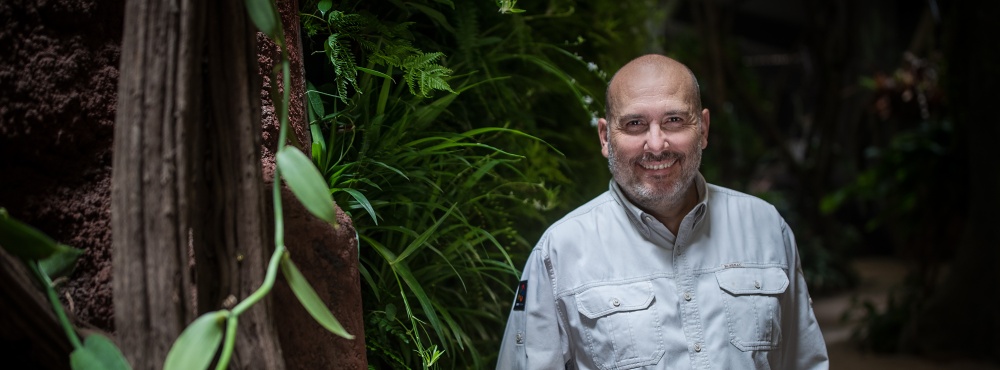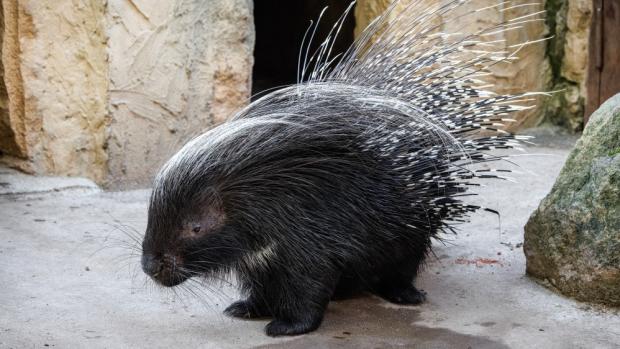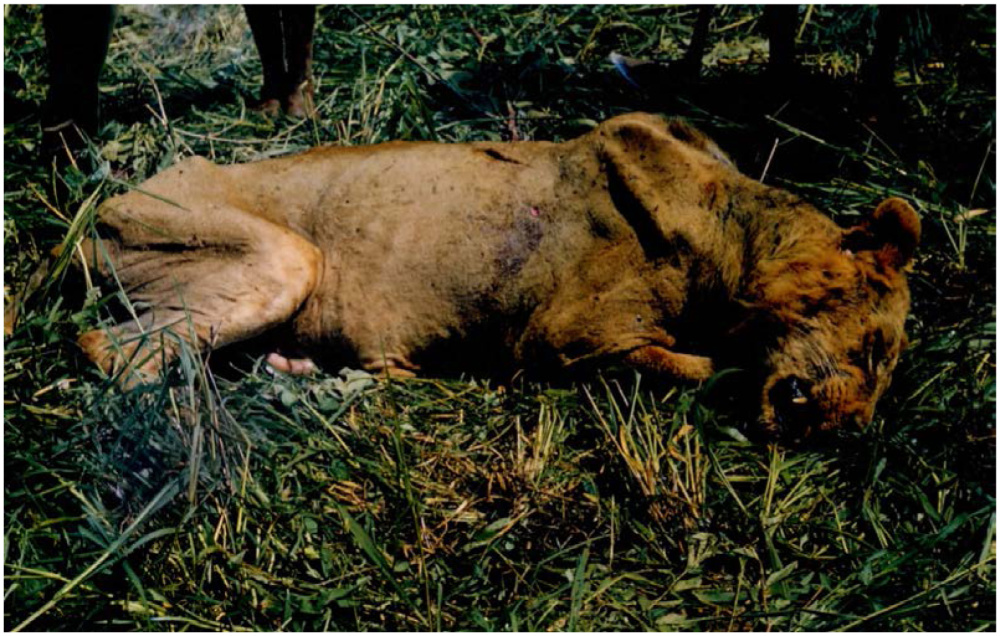Deadly Dangerous Porcupine’s Spines

Lions as well as other large carnivores occasionally also hunt porcupines, probably mostly when they don’t have enough of their usual food, or when young males in particular test their limits (which is, all in all, a feature of all young males of a lot of animal species including humans).
 Cape porcupine (Hystrix africaeaustralis) in Prague Zoo. Photo Miroslav Bobek
Cape porcupine (Hystrix africaeaustralis) in Prague Zoo. Photo Miroslav Bobek
However, the attempts to hunt a porcupine can end in the death of the predator—or even more fatally. Yes, it sounds weird, but it is true.
Several years ago, three researchers—Peterhans, Celesia and Gnoske—published a scientific paper focusing on man-eating lions. What drives them to kill people? Many assumptions have been expressed on this topic over time, including also the one that a specimen, handicapped by an injury, become a man-eater, or another, according to which it is a learned behaviour passed from generation to generation. Peterhans, Celesia and Gnoske came with new evidence.
First, they explored the trophy originating from the “man-eater from Darajani”, that one of the authors had in his collection. It was around a four-ear-old lion, that was captured in Kenya on January 6, 1965, shortly after he killed a local hunter. It came out that this male was gaunt, with a sparse, only partly developed mane. What was really important, however, was the information, obtained thanks to computed tomography: the “man-eater from Darajani“ had a porcupine spine stuck 16 centimetres (!) deep in his left nostril. It measured in total 24 centimetres and its protruded part was smashed, probably from repeated crushes. It was evident that the “man-eater from Darajani” had suffered a lot and that hunting for the ordinary pray had been much more difficult for him than for a healthy animal.
After this startling discovery Peterhans, Celesia and Gnoske turned their attention to a pair of man-eating lions from Tsavo, who killed at least 28 people in the late 19 century—even the construction of the railway bridge was stopped because of them. And wonder of wonders, fractions of porcupine spines were also found in their broken teeth!
This no longer seems to be a mere coincidence. After all, it is known from India that local lions, who became cattle killers, had been injured by a porcupine before. And among the man-eating tigers, hunted by the famous lieutenant Corbett, the specimen with porcupine’s spines in their bodies were found as well.
So, when you walk past the large porcupines in the zoo, for example Indian crested porcupines in the lower part of our area, please realize that their spines are not only a popular souvenir or a welcomed tool for fishermen or restorers, but they also can be much more dangerous in their effect than they may seem.

The man-eating lion from Darajani just after he was killed. Photo John Perrott
ZOOPRAHA.CZ
Contacts
- The Prague zoological garden
U Trojskeho zamku 120/3
171 00 Praha 7
Phone.: (+420) 296 112 230 (public relations department)
e-mail: zoopraha@zoopraha.cz
Others








